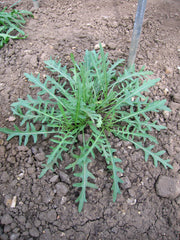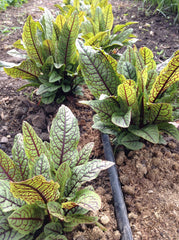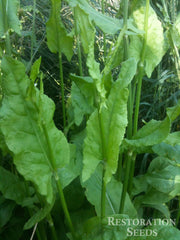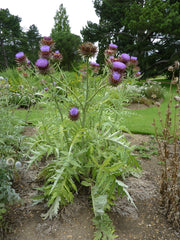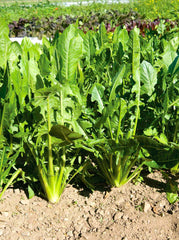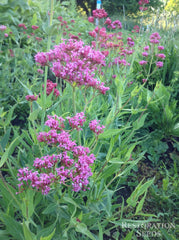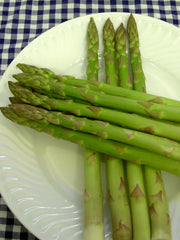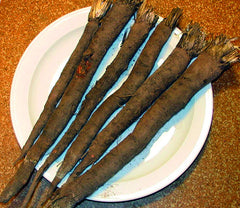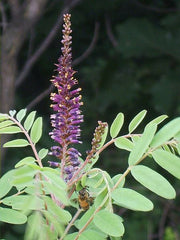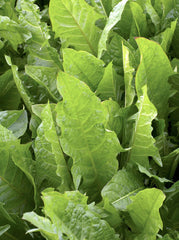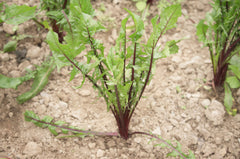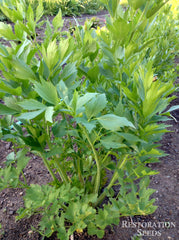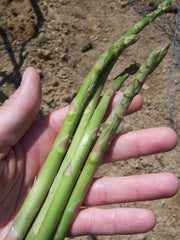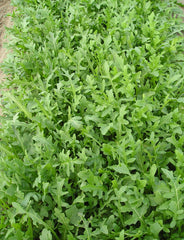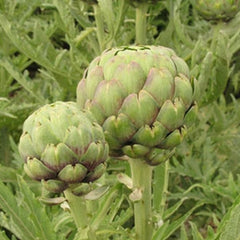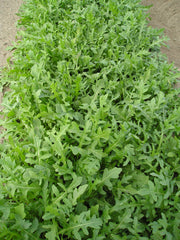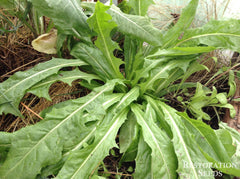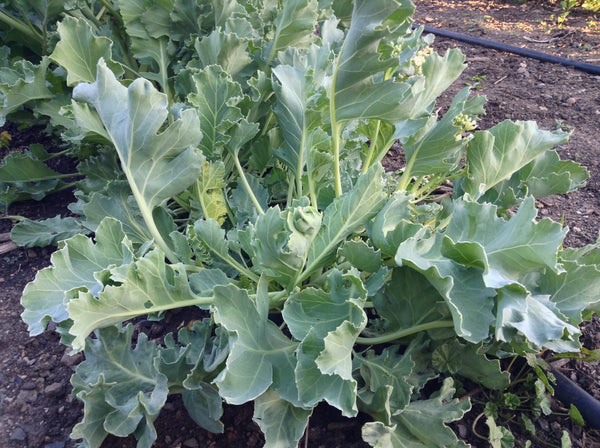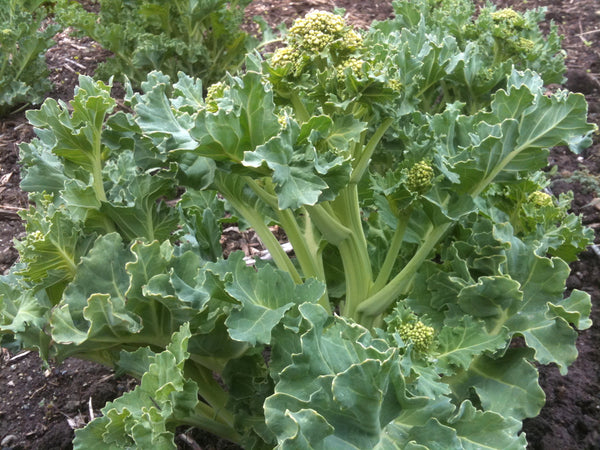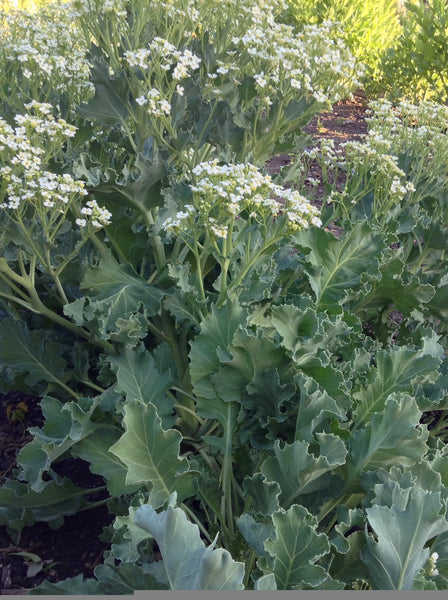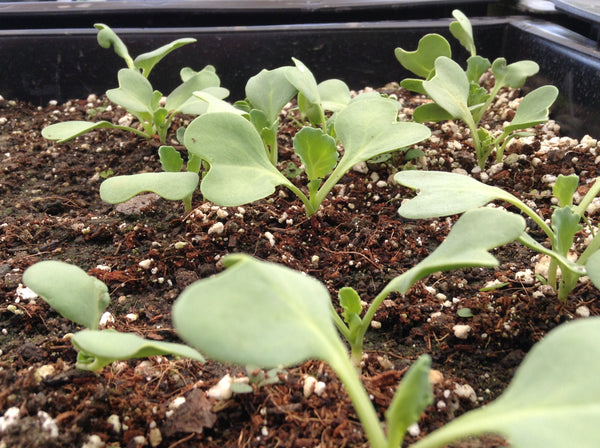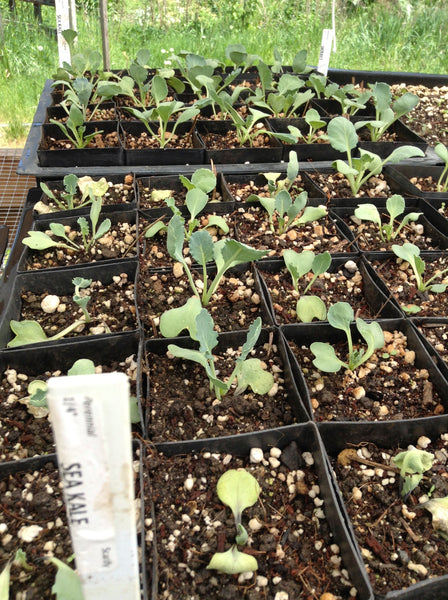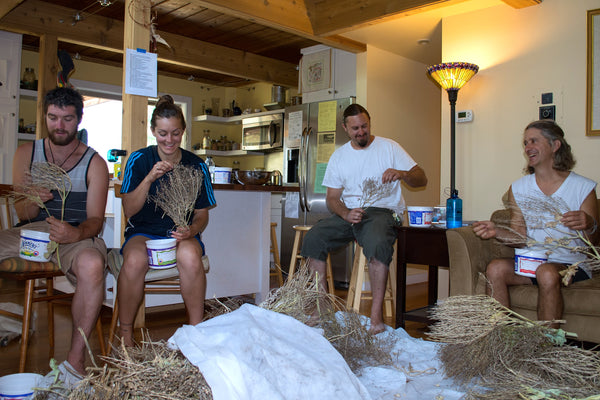Sea Kale
Crambe maritima
HOW TO GROW SEA KALE
Start indoors 8–10 weeks before last frost or direct sow in late April in the PNW. Adapted to the cool British sea coast. Transplant deep to prevent drying out. Germination is variable even with fresh seed, typically 1–2 plants out of ten sown. Raise in a partial shade nursery. In hot climate, grow in shade house with daily cooling water. Scarify, remove the round pod that holds the seed for better germination by rolling seeds between two cutting boards. Not all pods will have seeds. Needs winter protection in Zone 6 or cooler to prevent ground from freezing. Germination is variable above 65˚F (18˚C), best in early to late spring. Soil pH 6.6-7.8. Hardiness zones 6–9. Perennial.
Days from maturity calculated from the date of seeding. Average 3,015 seeds per ounce. Germination in optimal conditions: 50-65%. Usual seed life 3-4 years. Isolation distance for seed saving: 1/2 mile.
Planting Depth 1/4–1/2”
Soil Temp. Germ. 55–65˚F
Days to Germ. 12-30 scarify
Plant Spacing 18-24”
Row Spacing 3-4’
Days To Maturity 2 years
Part Shade, Moist Well Drained
Days from maturity calculated from the date of seeding. Average 3,015 seeds per ounce. Germination in optimal conditions: 50-65%. Usual seed life 3-4 years. Isolation distance for seed saving: 1/2 mile.
Planting Depth 1/4–1/2”
Soil Temp. Germ. 55–65˚F
Days to Germ. 12-30 scarify
Plant Spacing 18-24”
Row Spacing 3-4’
Days To Maturity 2 years
Part Shade, Moist Well Drained
Sea Kale Seed Count
15 Pods ≈ 15 seeds
- 15 Pods$10.00
Limit one packet per customer. Sea Kale leaves resemble a thick healthy collard leaf, steam to eat. Good companion to kale and collards but not as productive. Low food yield, best as a edible ornamental. Some blanch by covering with opaque material. Disease and cabbage moth resistant. High in potassium and vitamin C...
Limit one packet per customer. Sea Kale leaves resemble a thick healthy collard leaf, steam to eat. Good companion to kale and collards but not as productive. Low food yield, best as a edible ornamental. Some blanch by covering with opaque material. Disease and cabbage moth resistant. High in potassium and vitamin C. We hope to get you enough pods to get a couple viable plants going. If all grows well, you should have a couple mature plants in 2-3 years to share seeds with others. Tags: Color: Blue Green, Specialty: Disease Resistant, Heritage: Heirloom, Season: Spring Fall
Wild crafted along the British coast for its edible leaves and roots for millennia. Delicious sea kale recipes.
Wild crafted along the British coast for its edible leaves and roots for millennia. Delicious sea kale recipes.
Learn More
Meet Your Farmer
We promote fair trade, organic practices and environmental responsibility throughout the Restoration Seeds supply chain. Below are the family farmers and seed suppliers who bring our open pollinated seeds to you.
Idyllwild
Conventional
Seed grower since 2018


Idyllwild was born of our joyful curiosity and celebration of nature’s diverse gifts. Following nature’s model of open dispersal and dissemination, we share these seeds with you and invite you to play in the garden of abundance. We learn from nature and she has taught us to live and think in terms of “abundance” instead of “scarcity”. Diversity - in all forms, from genetic to creative expression - is the heart of resilience. We enjoy experimenting with myriads of flavors, colors, and textures and the world opens to us in infinite possibilities. As a result, we are nourished in body, mind, and spirit.
Reviews
Customer Reviews
Based on 1 review
Write a review
